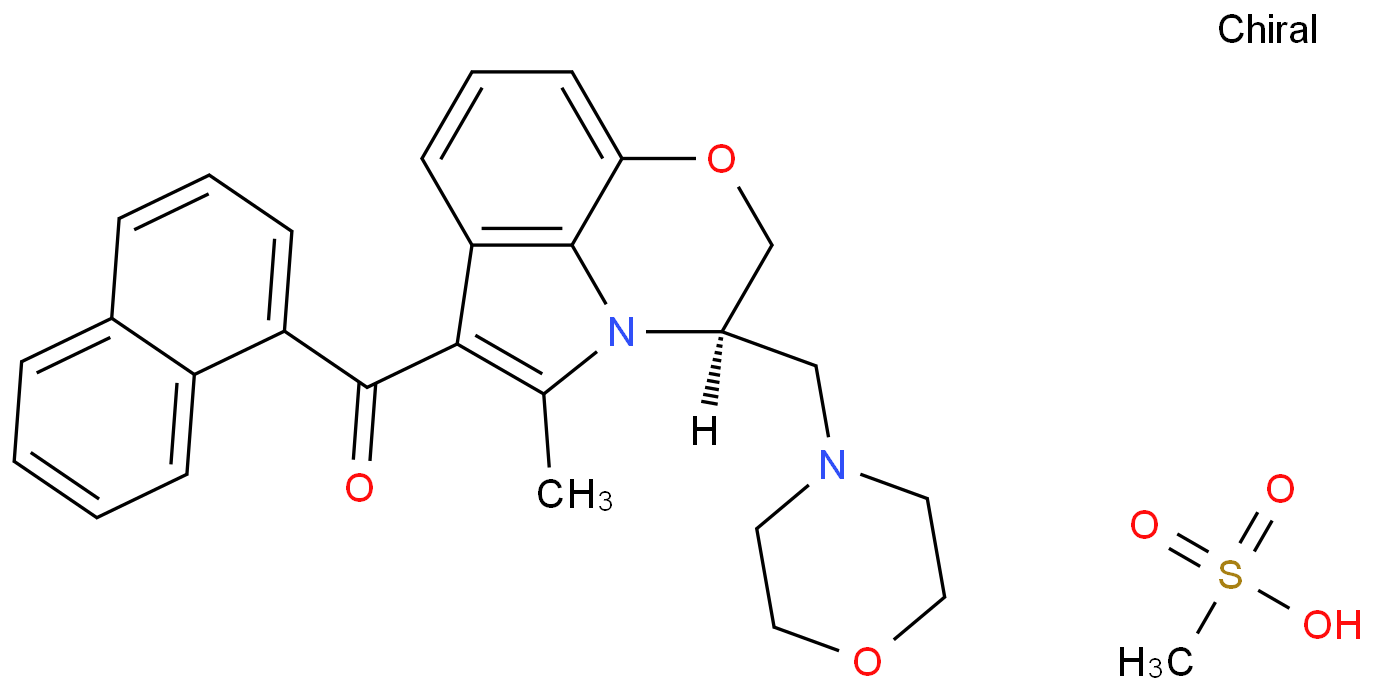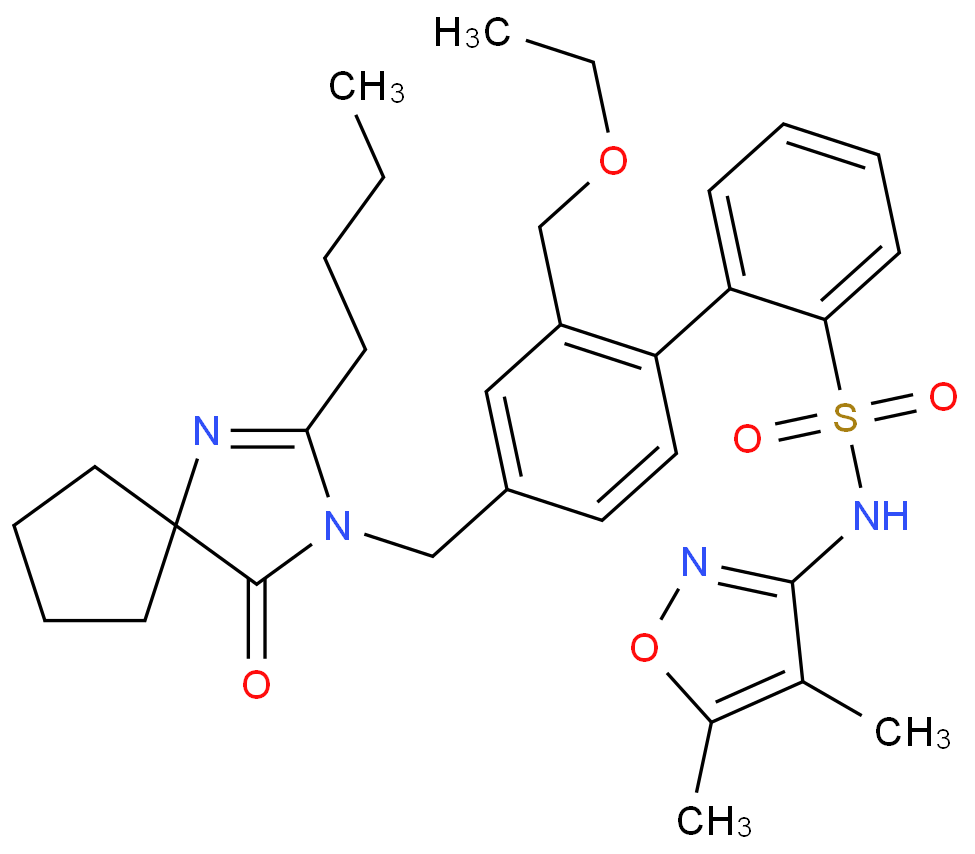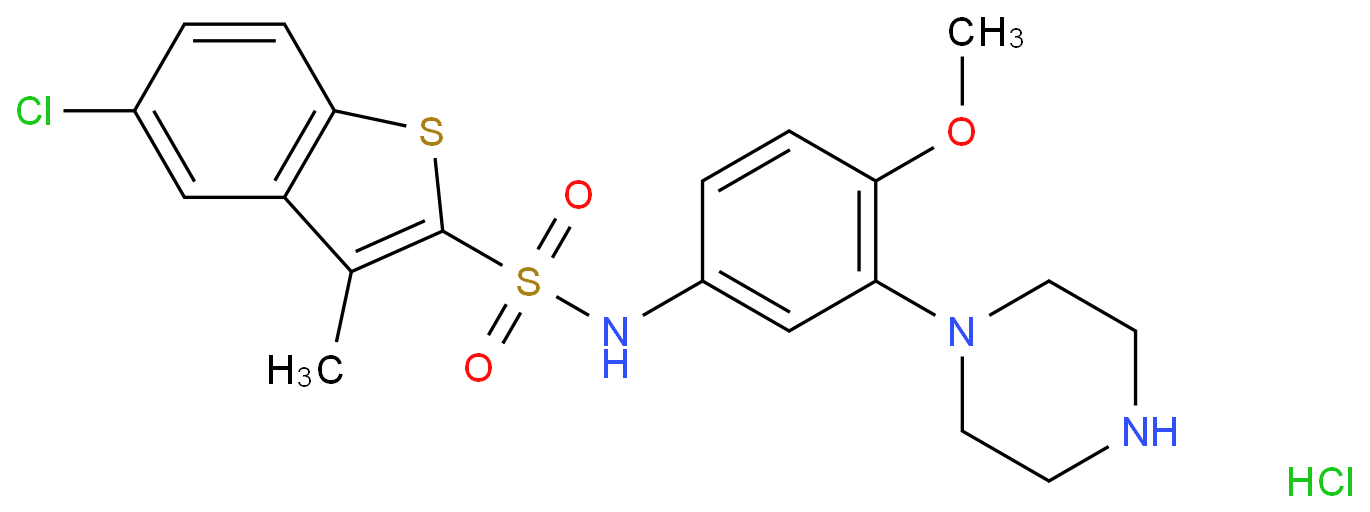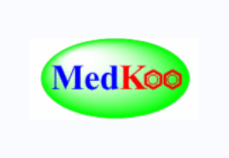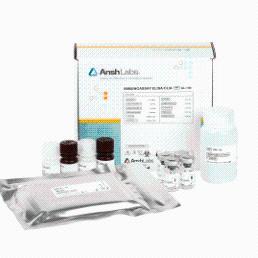
|
- 品牌:Ansh Labs
- 产地:中国
- 型号:10μL
- 货号:AL-137
- 价格: ¥20/盒
- 发布日期: 2024-03-04
- 更新日期: 2024-08-12
| 产地 | 中国 |
| 保存条件 | 2-4℃保存 |
| 品牌 | Ansh Labs |
| 货号 | AL-137 |
| 用途 | 详询 |
| 检测方法 | 详询 |
| 保质期 | 一年 |
| 适应物种 | Mouse, Rat |
| 检测限 | 0.0397 ng/mL |
| 数量 | 大量 |
| 包装规格 | 10μL |
| 标记物 | 详询 |
| 样本 | 血浆,血清 |
| 应用 | 详询 |
| 是否进口 | 否 |
Product Description:IGF-I, also known as somatomedin C, is a 7.6 kDa, amino acid residue peptide, which mediates the actions of growth hormone (GH). IGF-I is synthesized as a prohormone, a polypeptide consisting of A, C, B, D, and E domains. After post-translational modification, the mature IGF-I consists of the A, C, B and D domains, and is structurally homologous to IGF-II and insulin. In vivo, IGF-I is secreted by the liver and several other tissues and is postulated to have mitogenic and metabolic actions at or near the sites of synthesis; this has been termed the paracrine role of IGF-I. IGF-I also appears in the peripheral circulation where it circulates primarily in a high molecular weight tertiary complex with IGF-binding protein-3 (IGFBP-3) and acid-labile subunit (ALS). A smaller proportion of IGF-I may circulate in association with other IGF-binding proteins. It has been estimated that <5% of plasma IGF-I circulates unbound. In vivo synthesis of IGF-I is stimulated by GH, and is also dependent on other factors, including adequate nutrition. IGF-I may inhibit pituitary production of GH; however, a feedback mechanism has not been completely defined.
In humans, plasma IGF-I levels are low during fetal and neonatal life, increase gradually during childhood, peak during mid-puberty, and decline gradually through adult life. Average plasma IGF-I levels are slightly higher in females at each age. Maternal plasma levels increase during pregnancy. Plasma IGF-I levels are stabilized by the IGF-binding proteins and there is negligible diurnal variation. Plasma IGF-I levels are low relative to age- and sex-related norms in GH deficiency, malnutrition and in the syndrome of GH-receptor deficiency (Laron dwarfism). Abnormally low levels of plasma IGF-I have been used as a diagnostic indicator of GH deficiency, although a significant proportion of GH-deficient children may have IGF-I levels in the normal range, and normal short children may have low IGF-I levels. Plasma IGF-I levels may also be used to monitor the short- and long-term in vivo responses to GH treatment. Abnormally elevated IGF-I levels in acromegaly (GH excess) may be used as a diagnostic tool and to monitor treatment.
Assay of plasma IGF-I is complicated by the presence of IGF-binding proteins, which may sequester IGF-I in the reaction mixture. Various methods have been devised to separate the IGF and IGF-binding proteins prior to assay. Size-exclusion gel chromatography in acid is considered to be optima, but this procedure is not feasible for routine use. Acidification followed by ethanol precipitation of the IGFBP fraction gives results which are similar to acid-chromatography. SepPak C-18 cartridges are less convenient11 and give variable results and relatively low recovery.
The Ansh Labs Total rat/Mouse IGF-I Assay uses an acidification and neutralization method to dissociate IGF-I from all the binding proteins. IGF-I levels are quantified in the extracted samples using a highly sensitive and specific enzyme-linked immunosorbent assay.
Regulatory Status:For Research Use Only. Not for use in diagnostic or therapeutic procedures.
Packaging:96 well microtiter
Detection:HRP-based ELISA, colorimetric detection by dual wavelength absorbance at 450 nm and 630 nm as reference filter
Dynamic Range:6, 0.5-20.08 ng/mL
Limit of Detection:0.0397 ng/mL
Sample Type:Plasma, Serum
Assay Time:1.5 hours
Species Reactivity:Mouse, Rat
Shelf Life:24 months

